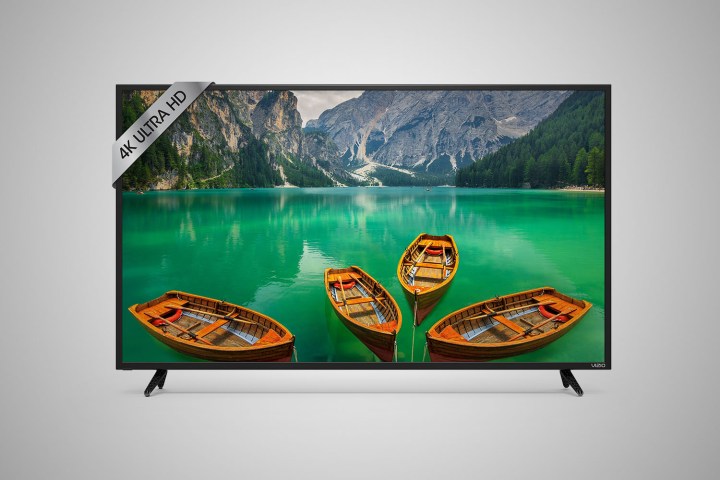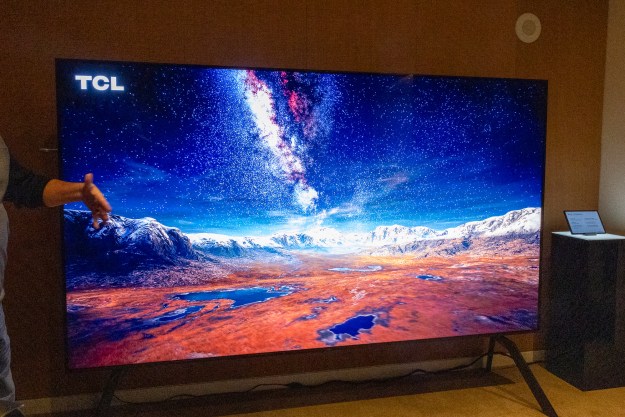
“The all-new 2017 D-Series collection is incredibly versatile, giving consumers great picture quality collectionwide, as well as an affordable entry point to 4K Ultra HD,” Vizio chief technology officer Matt McRae said in a statement. “With an ever-expanding selection of 4K movies and shows available to consumers, the Vizio Internet Apps Plus smart TV platform makes streaming 4K Ultra HD entertainment a simple experience for D-Series users.”
While none of the newly announced models offer High Dynamic Range (HDR), many of the 43-inch and up models feature 4K Ultra HD resolution. All but the smallest 24-inch model feature fully-array LED backlighting, making for a more uniform picture than edge-lit models, with up to 12 Active LED Zones allowing for improved contrast. With the exception of the 24-inch model, all of the new D-Series TVs feature Smart TV features, featuring apps like Netflix, iHeartRadio, Xumo, and more.
There are a total of five Ultra HD models in the new lineup, with the largest 65-inch D65-E0 model selling for $900. The 55-inch class D55-E0 sells for $570, while the 50-inch D50-E1 is priced at $500. Finally, the 43-inch D43-E2 sells for just $420.
If you don’t want or don’t need 4K Ultra HD, the 55-inch D55f-E0 can be had for just $480, while the 50-inch D50f-E1 is $420. The remaining five full-array LED models are priced between $400 for the 48-inch D48f-E0 all the way down to $200 for the 32-inch D32f-E1. Finally, the 24-inch, edge-lit D24h-E1 sells for $140.
The 2017 Vizio D-Series TVs are available now via the company’s website, and will soon be available via retailers including Walmart, Sam’s Club, Target, and Best Buy.
Editors' Recommendations
- What we want to see from the next Apple TV 4K
- Samsung’s new 98-inch DU9000 4K TV is just $4,000. Can it beat TCL and Hisense?
- Vizio’s first 86-inch 4K TV is coming soon, for $999
- Hands-on with the Belkin iPhone Mount with MagSafe for Apple TV 4K
- Belkin drops a $50 mount for iPhone video calls on Apple TV 4K


